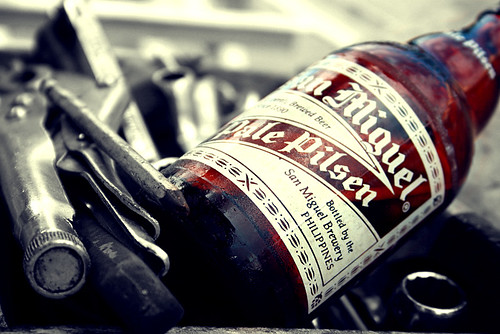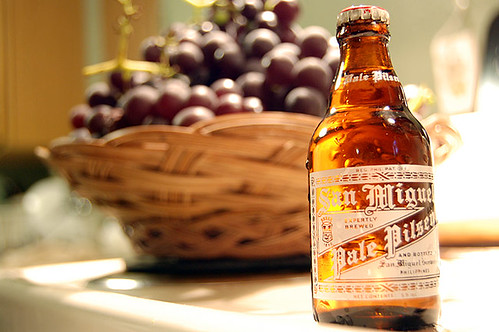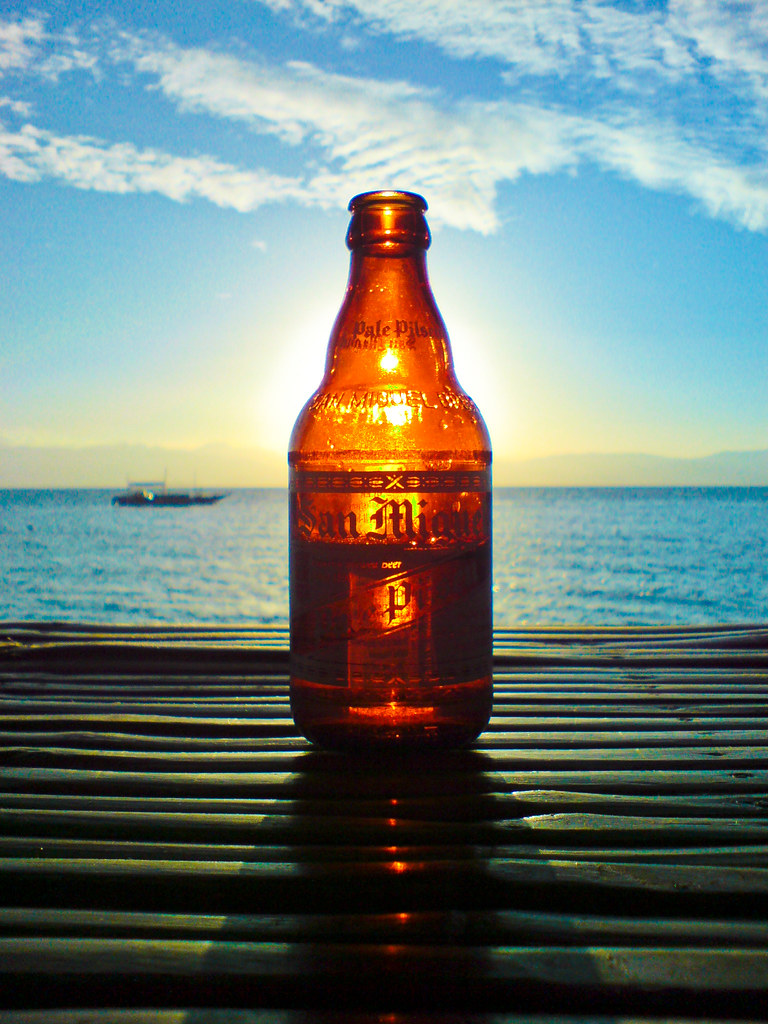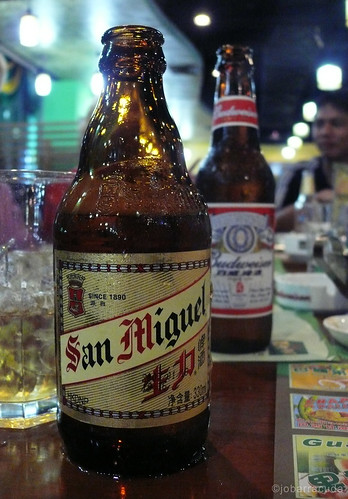It seems like there is always that guy in the bar that has a crazy story about the beer he's drinking. The worst part, sometimes its believable, so you tell someone, then they tell someone, and thats a beer myth. Here are ten of the more outrageous myths about beer and what you need to know to set that guy in the bar straight.
Beer Myth 1: Beat the Beer Belly with Light Beer
OK, light beers have maybe 90-100 calories, regular beers generally have less than 200 calories. A beer lover would say the difference is comparable to the difference between McDonalds and a 5 star restaurant. A dietician would tell you the difference is negligible. So unless you are drinking 300 beers a week, I would drink the good stuff.
Beer Myth 2: The darker the beer, the more alcohol it contains
Not even close. Guinness is black, and has 4.2% alcohol. The color of a beer comes from the toasted malts, which has no effect on alcohol content. Ingredients like rice syrup, honey, and corn syrup add alcohol to beer, but do not influence the color.
Beer Myth 3: Beer is ruined if warmed and then refrigerated
This can be true, if you do it many, many times, and it will happen gradually. People think re-chilling beer will cause it to be "skunked". Beer can be ruined by air, light and time. Temperature won't ruin a beer unless it's extreme. Get fresh beer and store it in dark place, and it will be fine.
Beer Myth 4: Imported beers have more alcohol than domestic beers
This comes from the way US beers reported their beers' alcohol content. The rest of the world uses "Alcohol by Volume", here is the US they used "Alcohol By Weight". Since beer weighs less than water, US beers had smaller numbers, but not less alcohol.
Beer Myth 5: The Guinness they serve in Ireland is better
It seems widely accepted that beer in "the old country" is better than what they export to the rest of the world. The brewing process is cheap, so why would a brewery risk their reputation by brewing a different beer for export? It doesn't make sense, and it's not true. With few exceptions, the beer that is exported is the exact same beer that they serve in the bar across the street from the brewery. The difference is purely freshness. It takes two weeks for a keg of Guinness to get from Dublin to your favorite bar in the states. Some beers, like Fosters, is brewed in Canada under a license for sale in the US. But it is clearly stated on the bottle when this is the case.
Beer Myth 6: Beer shouldn't be Bitter
The bitterness of a beer comes from the hops. Hops are in all beers to balance the sweet malts and to act as a preservative. Some beers have a lot of hops, like India Pale Ales (IPAs) and some beers have less hops, like Wheat Beers. Hops can give a beer complexity and add all sorts of flavors and aromas, like pine, citrus, and earthiness. Hops are why people say beer is an acquired taste, but they also make beer delicious.
Beer Myth 7: The best beers are in green bottles.
As it turns out, brown bottles protect the beer from the light much better than green bottles or clear bottles. This myth comes from when there was a shortage of brown glass in Europe after WWII. The European beers were bottled in green instead, so green bottles came to represent imports. This certainly isn't the case anymore.
Beer Myth 8: The Thai beer Singha has formaldehyde in it
It seems widely believed that Singha is brewed with formaldehyde, as is Chang beer, San Miguel, Vietnamese 33, and Singapore's Tiger Beer. The most believable explanation for this one is that Singha is much more bitter and contains more alcohol than most lagers. When American or British expatriots and soldiers were drinking beer in Thailand, they got drunk much more quickly then they were used to, and it was much more bitter flavor then they were used to. To explain this it was suggested that it contained formaldehyde. Crazy.
Beer Myth 9: Corona is Mexican Piss
In the 1980s there was a rumor that Mexican workers were peeing in the Corona tanks that were destined for the US. Certainly alarmingly disgusting... if true. As it turns out this myth was started as a result of Corona's rising popularity in the US market, and who was jealous? Heineken. This was nothing more than a rumor started by a Heineken wholesaler in Reno. It all worked out, the guy from Heineken admitted his wrongdoing, and Corona continued it's rise to popularity. But the rumor can still be heard today in bars across the country.
Beer Myth 10: Women don't like beer
Thats crazy! My wife loves beer almost as much as I do. Women have brewed more beer than men in the history of beer. Sister Doris in Bavaria brews Mallersdorf lager. Fortunately, this myth is far from true.











